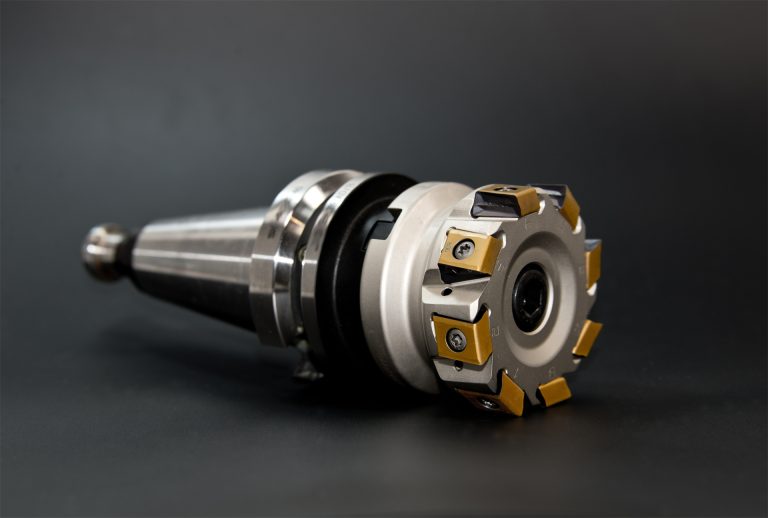While dry-type transformers have many advantages, they also come with certain disadvantages. It’s essential to consider these drawbacks when deciding whether a dry-type transformer is suitable for a particular application. Here are some of the disadvantages of dry-type transformers:
- Lower Power Ratings: Dry-type transformers are generally available in smaller power ratings compared to oil-filled transformers. This can limit their use in applications requiring very high power levels.
- Reduced Overload Capacity: Dry transformers may have reduced overload capacity compared to oil-immersed transformers. This means they may not handle sudden increases in load as effectively.
- Limited Cooling Capacity: The cooling capacity of dry-type transformers is limited by the natural convection and ventilation of air. In applications where higher cooling capacity is required, oil-immersed transformers with their more effective cooling mechanisms may be preferred.
- Higher Initial Cost: Dry-type transformers often have a higher upfront cost compared to oil-filled transformers. The construction of dry transformers with materials suitable for insulation and cooling without oil can contribute to this higher cost.
- Noise Level: Dry-type transformers can produce more audible noise during operation compared to oil-filled transformers. This noise may be a concern in certain applications, especially those with strict noise regulations.
- Limited Immersion Cooling: Dry transformers rely on air or gas for cooling, which may not be as effective as the immersion cooling provided by oil in oil-filled transformers. This limitation can affect the transformer’s ability to dissipate heat efficiently.
- Insulation Class Constraints: Dry-type transformers may have limitations on available insulation classes compared to oil-filled transformers. This can impact their use in specific applications that require a particular level of insulation.
- Space Requirements: While dry-type transformers are often chosen for their compact design, they may still require more space than certain liquid-filled transformers, especially when compared to some high-voltage oil-immersed transformers.
- Sensitivity to Contaminants: Dry-type transformers can be more sensitive to contaminants and environmental conditions. Dust, dirt, and moisture in the air can have a more significant impact on the performance of dry transformers.
Despite these disadvantages, dry-type transformers are widely used in various applications, especially where safety, environmental concerns, and space constraints outweigh the drawbacks. It’s essential to carefully evaluate the specific requirements of the electrical system and consider factors such as load characteristics, space availability, and environmental considerations when choosing between dry-type and oil-type transformers.

